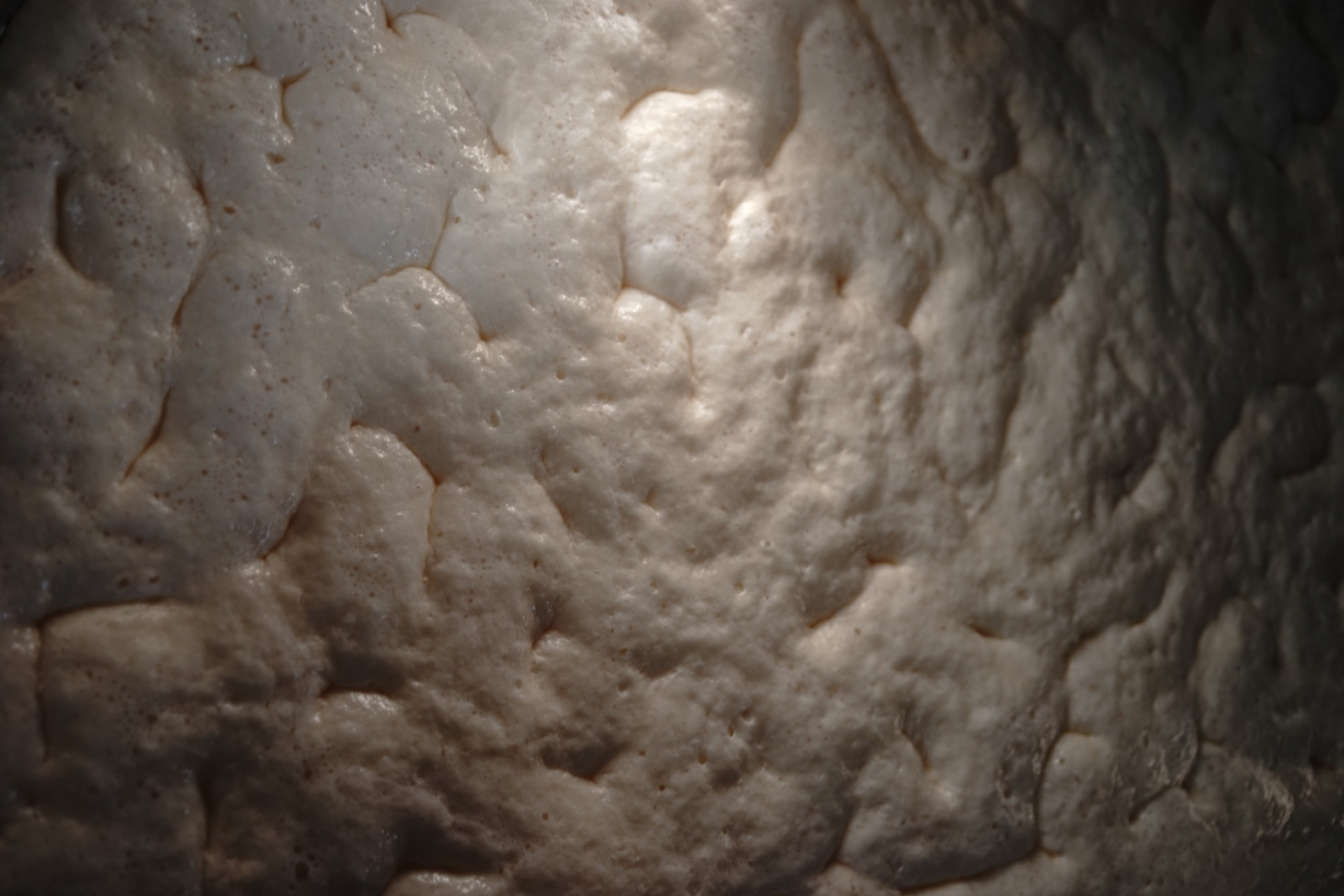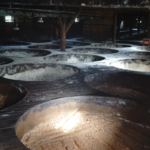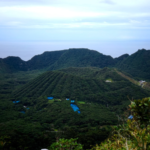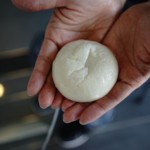【47 Hakko Hyogo】兵庫の清酒 Seishu 〜肉体労働の疲れを癒やす 力強く澄み切った酒〜
肉体労働の疲れを癒やす力強く澄み切った酒
麹を水に溶かした甘酒を発酵させたどぶろくが「日本酒」として革新を遂げたのは兵庫の播磨や灘において。①雑菌の少ない冬の時期に②野生の乳酸菌を呼び込んで腐敗に強い酒母をつくり③大きな桶に少しずつ米と麹と水を足しながら三段階に分けて発酵させていく製法は現代に至る酒造のスタンダード。淡路島には往年の面影を残す酒がある。飲み口が爽やかで酸の強い、漁師や農家の肉体労働の疲れを癒やす、ゴクゴク飲めると同時にボディのある庶民が愛した味だ。
Crystal clean and powerful sake that heals the physically fatigued laborers
Seishu, the generic local name for “refined sake” was born from an innovative approach taken in the districts of Harima and Nada in Hyogo Prefecture to refine doburoku (unrefined, often home-brewed sake) that was made from fermenting amazake (sweet sake often used for seasoning) mixed with water and koji basically through the following steps that are considered as the standard sake-brewing process today: ①Start the preparation during the winter period when the growth of bacteria is inhibited; ②Create a yeast starter that is highly resistant to decay by bringing in wild lactic acid bacteria; ③Add rice, koji and water little by little in a huge barrel, and ferment them in three phases. In Awajishima, an island in Hyogo Prefecture, there are breweries that still follow the traditional method of creating seishu. This smooth, but quite acidic, sake is reminiscent of the old days when the fishers and farmers used to drink it abundantly to heal themselves from their long day of physical labor, and continues to be widely supported today by sake lovers from all walks of life.
どう作って食べるか / HOW TO MAKE & EAT
❶小ぶりの容器に麹、米、水を混ぜて酵母発酵させ酒母をつくる。
❷酒母を大きなタンクに移し、三度に分けて麹と米と水を加えタンクいっぱいになるまで発酵液を増やしていく。
❸発酵が進み、じゅうぶんにアルコールが生成されたらしばらく熟成させる。
❹もろみを絞り、ろ過して透明な酒を取り出す。60度強の熱を加えて発酵(酵素作用)を止めて出荷する。
★ 酒母のつくりかた、発酵と熟成のコンディション管理や期間で蔵の個性が出る。
❶Create a yeast starter in a small container by mixing koji, rice and water and letting them ferment.
❷Transfer the yeast starter in a big tank, and continue adding small quantities of koji, rice and water in three phases until the tank is filled up with fermented liquid.
❸Let the fermentation progress for a while until sufficient amount of alcoholic substance is generated.
❹Squeeze the mash, and filter the fermented liquid further until the liquid becomes crystal clear. Heat the liquid to a little higher than 60°C to stop the fermentation (enzymatic action). After it is cooled down, the liquid is ready to be shipped as sake.
★ The sake brewers compete their originality by developing secret methods of creating their yeast starter, and establishing their own formula on the conditions and length of fermentation and aging.
日常酒として
As regularly accessible type of sake
▶食べられている地域 / Regions where it is eaten
日本全国
Nationwide in Japan
▶微生物の種類 / Types of microorganisms
麹菌、酵母、硝酸還元菌、乳酸菌類など
Koji-kin, yeast, nitrate-reducing bacteria, lactic acid bacteria, etc.



